I am not a seasoned BI developer so I need help populating my fact table. Firstly, I have populated all my Dimensions from my production database (I'm not using a staging database or tables) using the appropriate SSIS components.
DimParent, DimStudent, DimManager, and DimFacilitator use the natural key as the primary key. The rest of the dimensions use a surrogate key as the primary. The reason for using the natural keys is because I have the same database model for my production(OLTP) database over multiple different schemas (which act as my different Campus locations).

My measureable data is still in my production database and I can't seem to figure out how to populate my fact table.

I was thinking of using a large query with a join but it might get too complex regarding the way I populated my DimAssessmentType by using the query:
select PK_Assessment, [Description]
from Auckland_Park.Assessment
union
select 3, 'International'